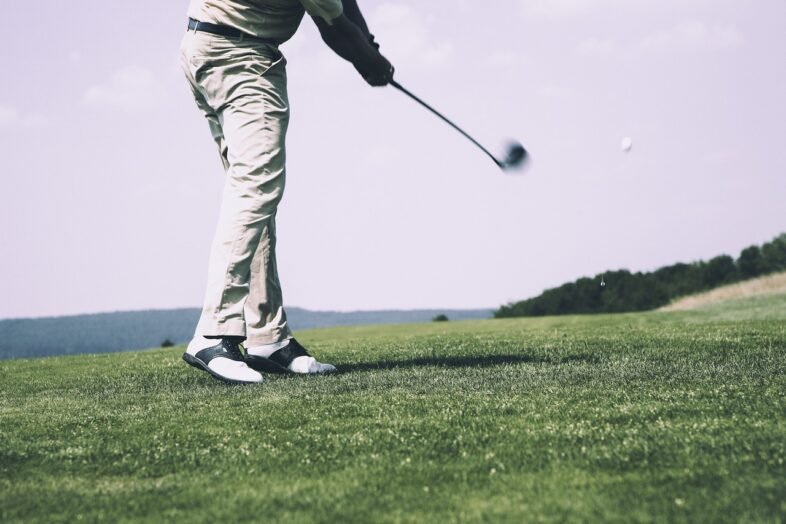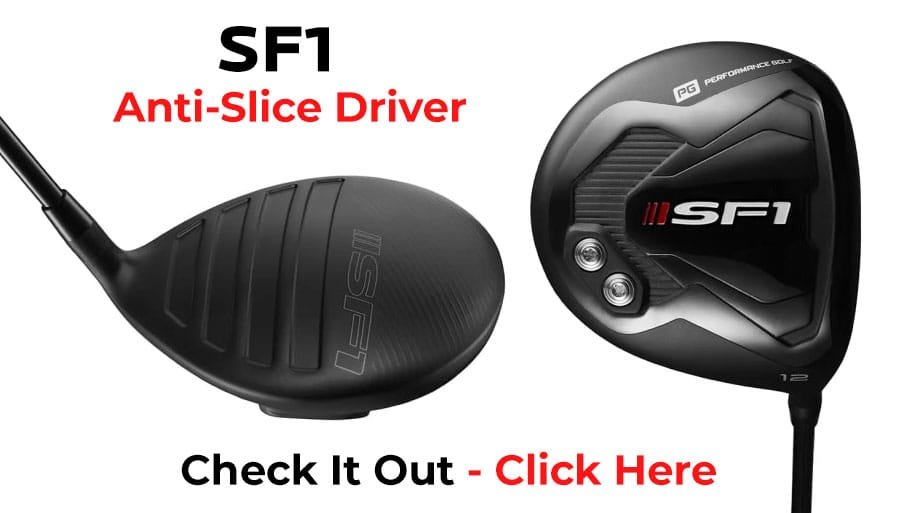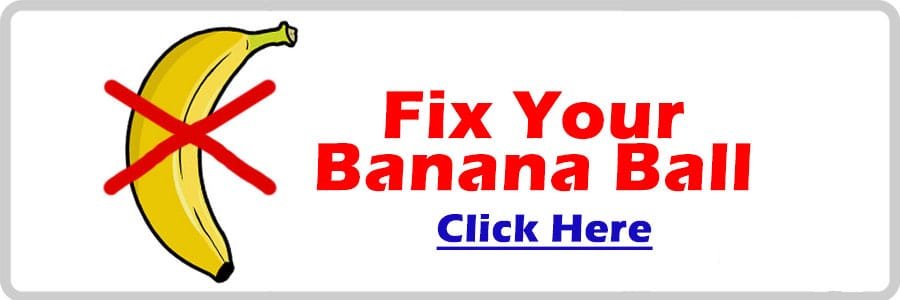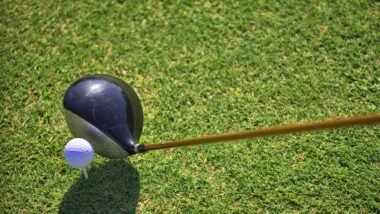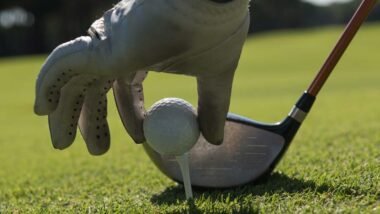Have you ever felt frustrated on the golf course because your slice just won’t go away? That nagging curve to the right can turn a promising shot into a missed opportunity. You’re not alone in this battle against the slice, and many golfers have asked themselves whether using a draw-biased driver could be the solution to their problem. Let’s take a closer look at the intricacies of the slice, how a draw-biased driver works, and whether it might be the right choice for you.
Understanding the Slice
Before deciding on equipment changes, it’s essential to understand what a slice actually is.
What Is a Slice?
A slice is a type of shot that curves dramatically from left to right (for a right-handed golfer) during its flight. This happens due to a combination of an open clubface at impact and an out-to-in swing path. You might notice that your slice often leads to less distance and accuracy, pushing your ball into the rough or even out of bounds.
Causes of a Slice
Several factors can contribute to a slice. Here are a few common culprits:
| Cause | Description |
|---|---|
| Open Clubface | An open clubface at impact can create sidespin, resulting in a slice. |
| Out-to-In Swing Path | Swinging outside-in can exacerbate slice tendencies. |
| Grip and Stance | Improper grip can lead to misalignment, causing an open face. |
| Poor Body Mechanics | Lack of proper rotation and body movement can affect swing path. |
Recognizing the cause of your slice is crucial before turning to equipment changes, as addressing swing mechanics may solve the problem more effectively than simply switching drivers.
What Is a Draw-Biased Driver?
Now that you understand the slice, let’s take a closer look at draw-biased drivers.
Definition and Features
A draw-biased driver is designed to promote a right-to-left ball flight (for right-handed golfers). These drivers typically feature specific design elements such as:
- Closed Clubface: A slightly closed clubface at address helps counteract the open face that contributes to a slice.
- Weight Distribution: Manufacturers may place weight towards the heel of the club to encourage a draw.
- Adjustable Settings: Many modern drivers allow you to adjust loft and face angle, making it easier to combat a slice.
How It Works
When using a draw-biased driver, you essentially give yourself a better chance to hit the ball straighter. By promoting a more favorable swing path and clubface angle, these drivers can help minimize the effects of poor mechanics and equipment.
Will a Draw-Biased Driver Fix My Slice?
This is the million-dollar question. While a draw-biased driver can help certain golfers manage their slices, it’s not a guaranteed fix.
Benefits of Using a Draw-Biased Driver
Consider these potential advantages of switching to a draw-biased driver:
- Improved Ball Flight: If you struggle with slicing, a draw-biased driver may help straighten out your shots, reducing the curve.
- Increased Confidence: Knowing you have equipment that supports your swing can boost your confidence on the tee, leading to better swings.
- Enhanced Distance: A straight or draw shot may travel further than a slice due to less sidespin and better launch conditions.
Drawbacks to Consider
While draw-biased drivers can be helpful, they do have certain drawbacks that you should consider:
- Not a Magic Bullet: If your slice is due to swing flaws or grip issues, no driver will completely fix the problem.
- Pulls and Hooks: If you overuse a draw-biased driver, it could lead you to pull or hook the ball, replacing one issue with another.
- Cost: High-quality draw-biased drivers can be pricey, and it may be an unnecessary expense if your issue can be resolved through practice or lessons.
Assessing Your Swing
If you’re considering a draw-biased driver, it’s essential to assess your swing first.
Analyze Your Current Equipment
Before making a switch, take a close look at your current driver. Make sure it’s the right loft and length for your swing speed. Sometimes, simply adjusting what you have can yield better results before investing in new equipment.
Seek Professional Help
If you’re uncertain about the source of your slice, it may be helpful to work with a golf instructor. They can analyze your swing mechanics and provide personalized feedback, which is vital when making equipment choices.
Alternatives to Using a Draw-Biased Driver
If a draw-biased driver doesn’t sound like the right solution for you, consider these alternatives that can also help reduce your slice.
Lesson with a Golf Professional
Sometimes, getting professional instruction can make a world of difference. A professional can help correct any swing flaws contributing to your slice, leading to longer-lasting improvement than simply changing clubs.
Practice with Alignment Aids
You can improve your alignment and swing path on your own. Tools such as alignment sticks can help you practice setting up correctly, which could help eliminate the slice over time.
Strengthen Your Grip
Adjusting your grip is another practical way to combat a slice. By adopting a stronger grip—where your hands are rotated slightly more to the right—you may begin to close the clubface at impact, which can reduce slicing tendencies.
Choosing the Right Draw-Biased Driver
If you’ve decided to give a draw-biased driver a try, knowing what features to look for is essential.
Factors to Consider
When selecting a draw-biased driver, consider the following factors:
| Factor | Description |
|---|---|
| Loft | Higher loft can help reduce spin, leading to straighter shots. |
| Shaft Flex | A proper flex can enhance your swing speed and ball flight. |
| Brand Reputation | Research brands known for producing reliable draw-biased drivers. |
Testing Before You Buy
Many golf shops offer demo clubs that allow you to test them out on the course or driving range. This can help you assess whether a particular club really helps with your slice.
Final Thoughts
In conclusion, the question of whether a draw-biased driver can fix your slice is multifaceted. While it can certainly help in some situations, it’s crucial to address the root causes of your slice first. By understanding your swing and making any necessary adjustments, you might find that the answer lies not just in your equipment, but also in improved mechanics and practice.
Feel free to explore alternatives, including lessons, practice aids, and other drivers, before making a decision. If you choose to go ahead with a draw-biased driver, ensure you pick the right one for your game. No matter what route you take, the most important thing is to enjoy the game and keep honing your skills.

